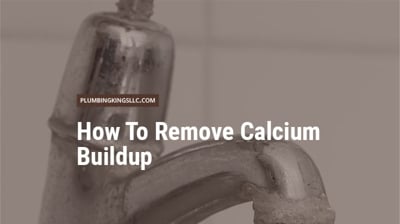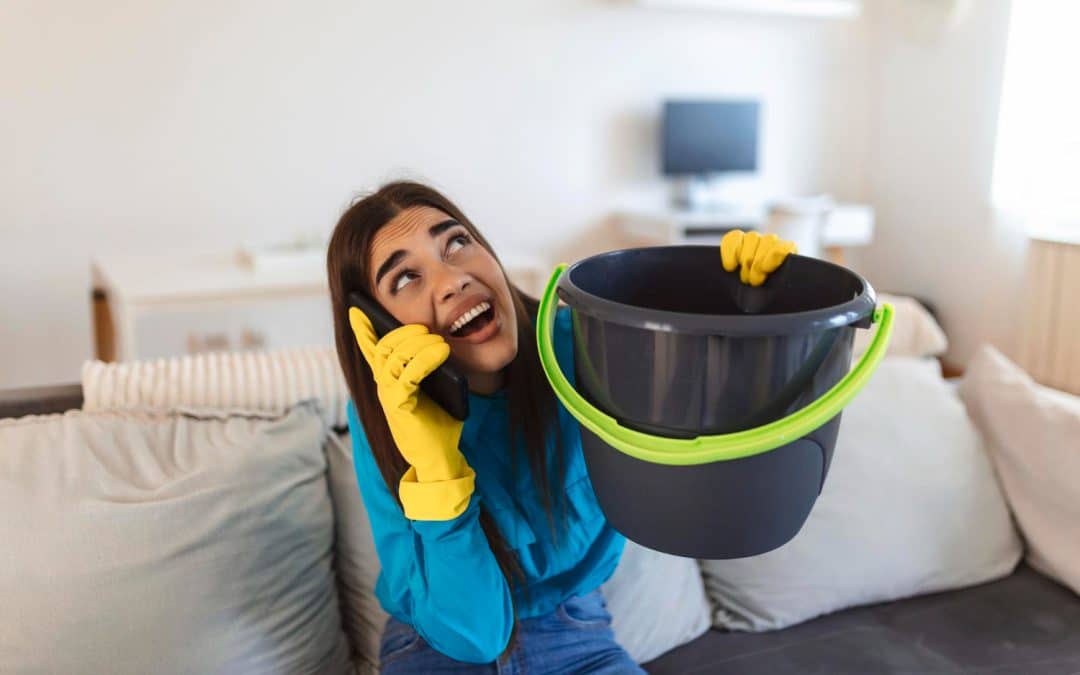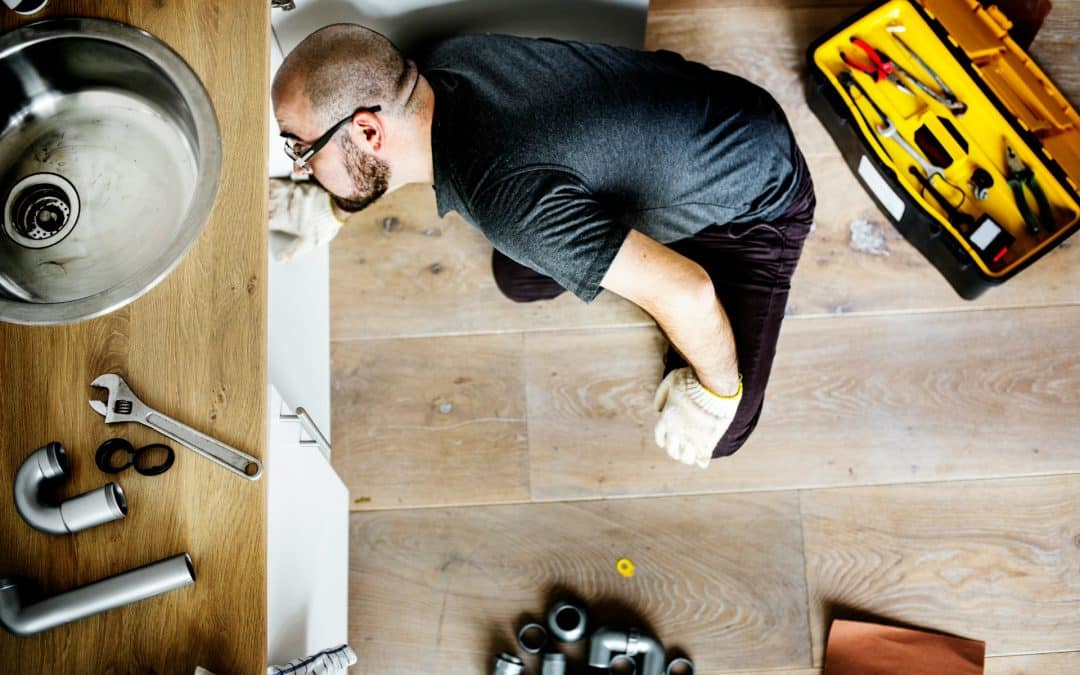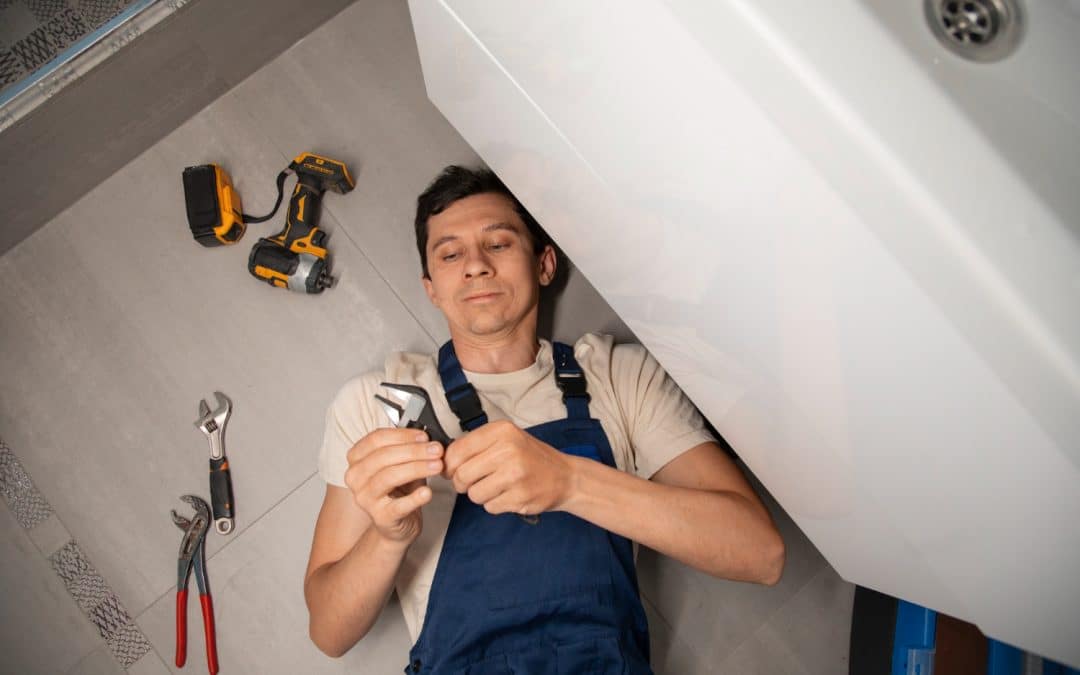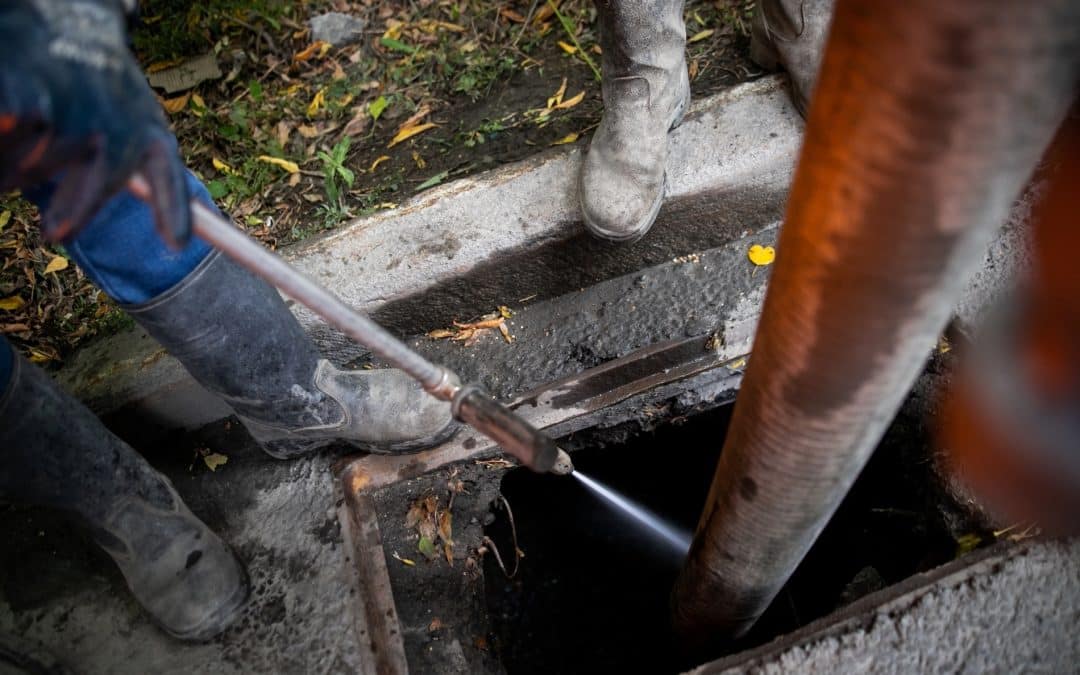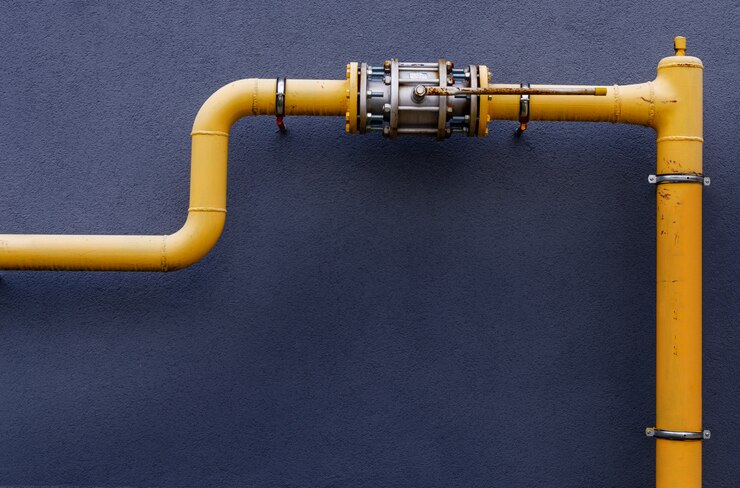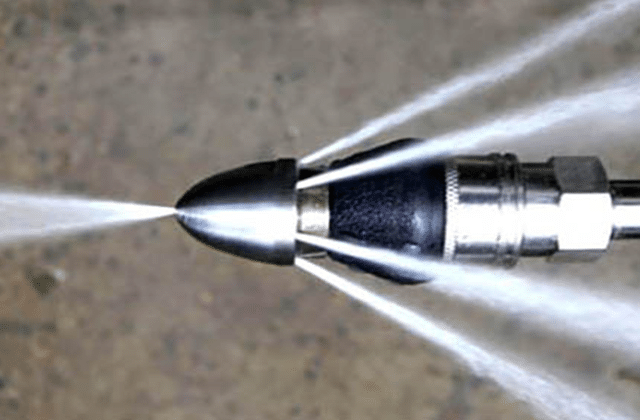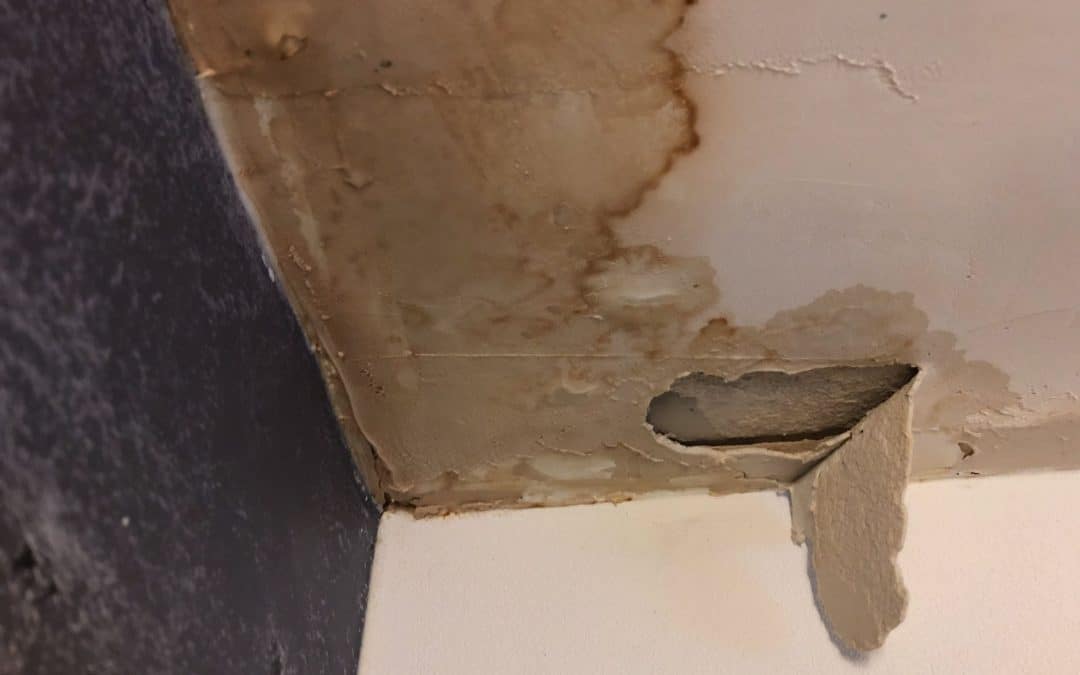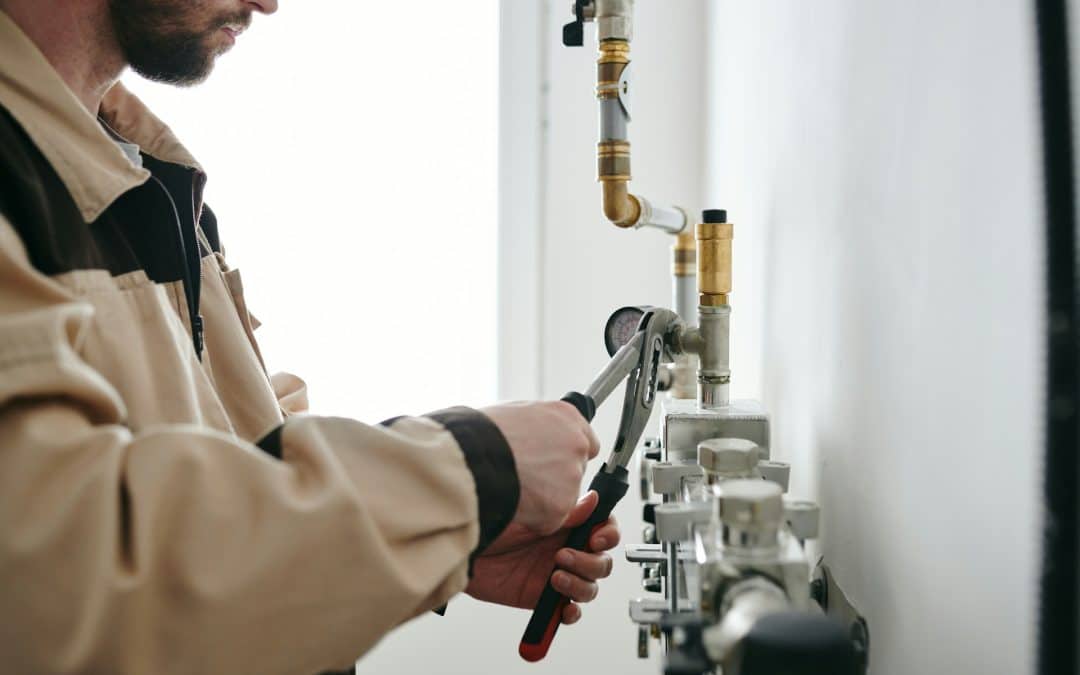Do you have hard water at your house? You might have it if you noticed mineral deposits or white, cloudy stains on surfaces that come in contact with water, such as faucets or your shower walls. Although this doesn’t pose any health risks, it is unsightly and can damage the finish of ma or porcelain. However, it is possible to remove the calcium buildup to restore the surface underneath to its original beautiful condition.
Want to remove calcium and other hard minerals from your water? Contact Plumbing Kings to install a water softener in your home!
What Removes Calcium Buildup?
To keep up with the addition of water stains, it’s best to take care of them regularly. If not, the buildup could penetrate the surface and ultimately lead to corrosion. However, there are a variety of ways that you can remove the stains. All you’ll need is paper towels, rags, a toothbrush, a rubber band, gloves, protective eyewear, a spray bottle, vinegar, baking soda, white wine, or other natural non-toxic cleaners.
What Will Dissolve Calcium Deposits?
Removing calcium deposits doesn’t have to be hard and can be done in a matter of minutes. Plus, the chances are you already have some of these agents hanging around your house:
Lemon Juice
This is something that you can find in the produce section of your grocery store. Use freshly squeezed lemons (taking great caution to not get into your eyes – ouch!) and put the juice into a spray bottle. Lemon juice is great for metal, especially faucet surfaces.
White Vinegar
This ingredient you likely have sitting in your cabinet in your kitchen. Not only is it great for salads, but white vinegar is great at getting out hardened water stains. You’ll want to utilize the rags and place it over the fixtures to break down calcium buildups.
CLR
CLR, otherwise known as Calcium, Lime, and Rust Remover is another great product you might want to invest in. This product is perfect for toilets, as they tend to form rings on the waterline from calcium buildup.
Muriatic Acid
Muriatic acid is a strong hydrochloric-based acid, that is a great descaler. Because of the intensity of this acid, it has the ability to remove severe lime and calcium deposits found in pools and toilets. However, because of the potency of this cleaner, it can cause damage to the eyes and any exposed skin. It is advised to take extreme caution when handling it or leave it to someone that is trained in handling the substance.
How To Remove Calcium Buildup
Now that you know what materials you’ll need, let’s get into the details of how to remove the buildup!
Faucets and Shower Heads
When cleaning faucets and showerheads, you can ties a bag of vinegar over the fixture, which helps break down the outside exterior buildup. However, if you’re looking to do a more thorough deep clean, then it is advised to remove the faucet aerator or showerhead from its base. Once you’ve detached it, place the pieces in a bowl with your acid of choice, being mindful of how long you have it sitting and the amount of dilution needed. While this is happening, you can wrap a bag of acid (vinegar) around the rest. After they are done soaking, you can wipe down the area with a cloth.
It’s important to note, that even though vinegar is not as dangerous as other options if you do choose to use it, make sure that you do it at a time where you know your children will not be present. It’s better to be safe than sorry!
Sinks, Tubs, Porcelain Toilets, and Ceramic Tile
A way to safely and effectively clean these surfaces is to grab mild soap, sponges, towels, white vinegar, and baking soda. In a bowl, combine hot water with a couple of drops of mild soap, and using a sponge or rag, clean the surface. First, scrub as much scum off as possible and then wipe it dry with a towel. After this is done, combine two parts baking soda with one part vinegar to make a paste. Using this, rub it onto all of the surfaces affected by the calcium buildup. Leave this on for about five minutes, letting it soften the mineral deposits. When this is done, wipe off the paste with a dampened sponge!
Drains and Pipes
Calcium buildup can also affect pipes and drains. This clogging can affect the water pressure and perhaps eventually require pipe replacement. It’s more beneficial to be proactive about this to avoid extra expenses. You may want to consider getting a water softener, which will help protect your pipes and drains, lessening the chance of calcium buildup.
Solutions such as CLR drain cleaner can also be used. However, this isn’t a great long-term solution because the cleaner is toxic, and should not come in contact with the skin.
Glass
If you have a glass door connected to your shower, you may notice that as the water dries it leaves behind white cloudy spots. To combat this, you can simply create a solution with equal parts water and white wine vinegar. Spray it onto the surface to leave for around fifteen minutes before wiping it with a clean cloth.
If the smell of vinegar is bothersome to you, you can always go ahead and use this second solution instead. In a small bowl combine just enough baking soda and water to create a paste-like consistency. Then use a clean cloth to spread it all over the glass and wash it away with water.
Calcium buildup can be unsightly, but what’s worse is that it can damage your pipes and drains. Fortunately, there are some simple, effective methods you can use to keep them in check.

